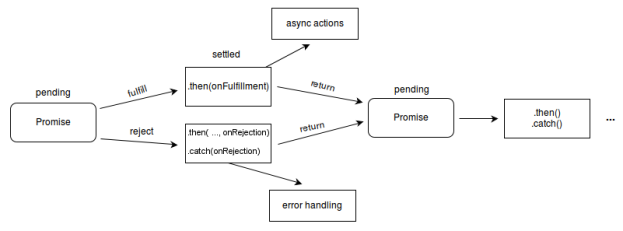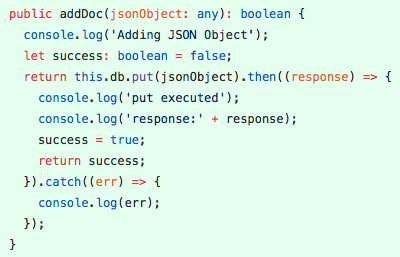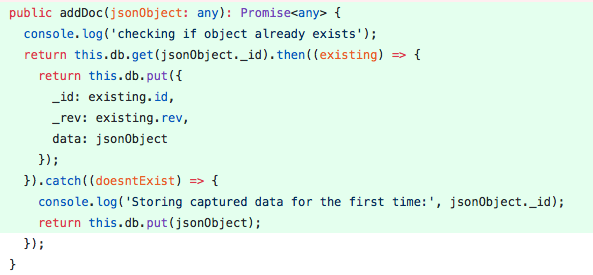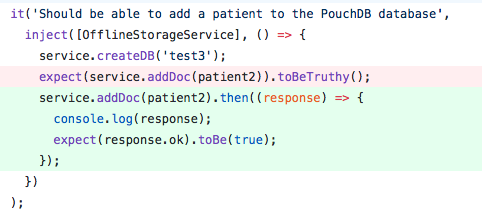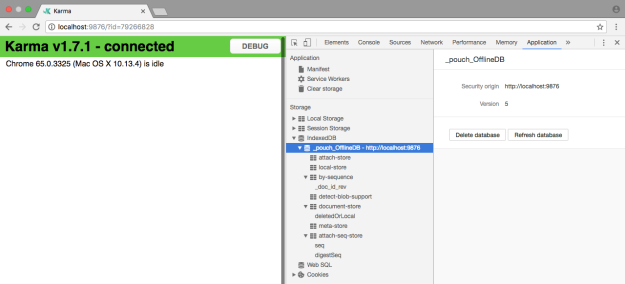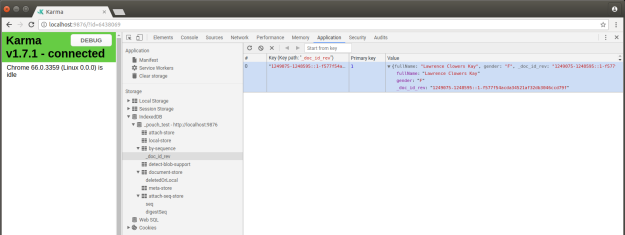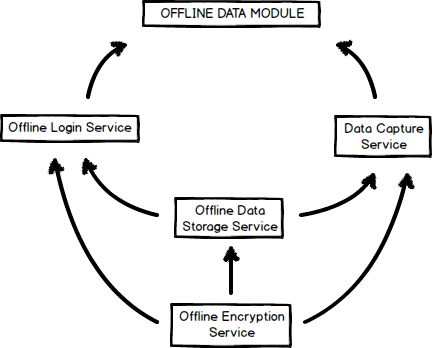In this pattern, the authors discuss the importance of building what they call “breakable toys.” The context they present is one in which the apprentice needs an outlet for failure, so to speak, because in order to gain the experience needed to excel in the software development field they must make mistakes and learn from them. This can be difficult in a professional setting as management and other superiors may not be expecting failure from the new apprentice. Hence, making mistakes in the work environment can have negative repercussions. While it’s impossible to avoid failure in the computer science field, it can be somewhat contained by adopting this pattern and breaking things in a low-stakes environment where the only one effected by failure is the apprentice himself.
The authors stress the fact that the only way to progress in the software development field is to make lots of mistakes and even just flat out fail sometimes in order to learn and grow as an individual and as a software craftsman. The authors advise apprentices to make breakable toys which resemble what they might be building at work. This allows the apprentice more flexibility in design and a lot less stress when compared to the professional setting. One example of a “breakable toy” the authors suggest for apprentices is putting together a wiki. They go on to show that by taking on this type of project the apprentice can learn new things about a variety of topics ranging from “HTTP, REST, parsing, web design, caching, full-text search, databases, and concurrency.”
I have to say I certainly agree with the authors after reading about this pattern. Even before I read this I have been experimenting with “breakable toys” of my own. When it comes to learning new things within the field, I am a very hands-on learner so building things and breaking them are a must if I hope to gain new useful skills. Since I work in Security, some of the side projects I have going on at the moment are things like building my own firewall and deploying a Security Onion instance within my home lab in order to gain first hand experience regarding best practices for Network Security Monitoring.
From the blog CS@Worcester – Caleb's Computer Science Blog by calebscomputerscienceblog and used with permission of the author. All other rights reserved by the author.

